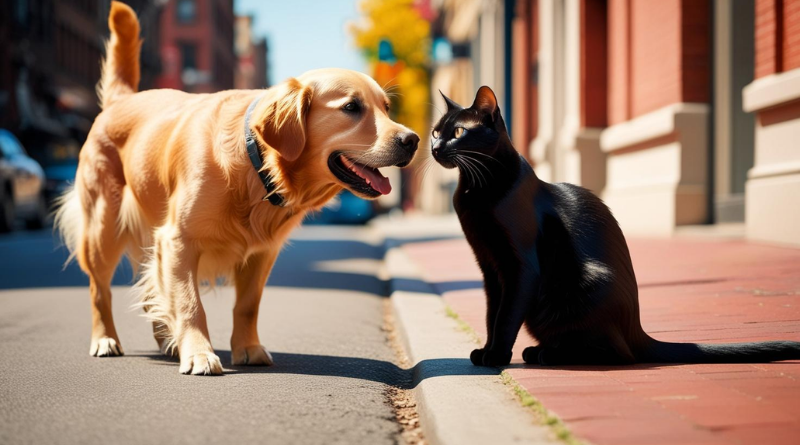What to Do if Your Pet Gets Lost
LLosing your pet is really upsetting, but keeping your cool and acting right away can boost the odds of finding your dear companion again. Here’s an easy-to-follow guide on what to do when your pet goes missing.
What to Do Right Away
Keep Calm and Clear Your Mind Getting too anxious makes it harder to think clearly. Take a few calming breaths and concentrate on looking for your pet.
Look Around Your Home and Neighborhood Check every room in your house—including those little nooks or hidden corners where your pet might have slipped away or gotten trapped. Don’t just stop at home, though; step outside and search your neighborhood too. Say your pet’s name loudly and gently while tapping a bag of treats your pet recognizes.
Tell People Nearby Make sure everyone in your area knows your pet is missing. Talk to your neighbors, friends, or anyone nearby, and share details like your pet’s color, size, or any special traits. Be sure to provide your current phone number so they can reach you if they spot your pet.
Make and Share Flyers for Your Lost Pet
A clear, simple flyer for your lost pet is really important. Attach a good, clear photo of your pet along with its name, a few brief details, and your contact information. Post these flyers in places where many people pass by such as busy grocery stores, community centers, parks, vet offices, and pet shops. The more eyes on your flyer, the better!
Use Social Media and Online Tools
Share your story on social media sites like Facebook and Twitter, and in local groups where community members gather. Include your pet’s photo, details, and your phone number in the post to let as many people as possible know that your pet is missing. You can also check websites such as Petfinder and LostMyDoggie to get your message out to a larger audience, and keep an eye on nearby animal shelters’ websites where lost pets are often posted.
Stop by Local Animal Shelters
Visit nearby animal shelters in person and ask if your pet has been brought in. Hand a flyer to the shelter staff and share your phone number—new pets are often turned in every day, so it pays to check regularly.
Make Sure Your Pet Always Has an ID
Prevent future mishaps by ensuring your pet always wears a collar with an ID tag that shows your updated phone number. Getting a microchip for your pet is a great idea, and a GPS tracker can be extremely helpful by letting you know where your pet is in real time.
Steps to Prevent This from Happening Again
Once you’ve found your pet again, take a few extra steps to keep them safe in the future. Consider using a GPS tracker, always update the ID information on your pet’s collar, and teach simple commands so your pet comes when called. Also, double-check that your home and yard are secure so there’s less chance of your pet wandering off.
Remember, acting quickly and calmly is the key to reuniting with your cherished companion!
Check out another post in this category that might pique your interest : Quick Rescue for Choking Pets in Emergencies

